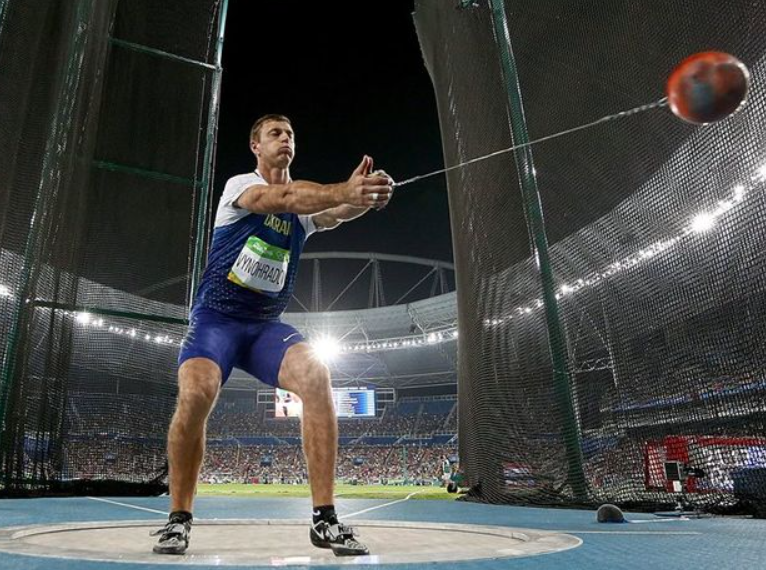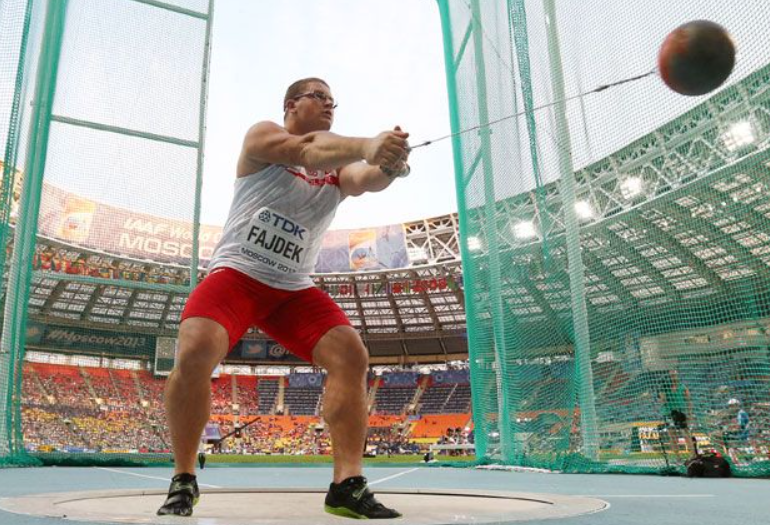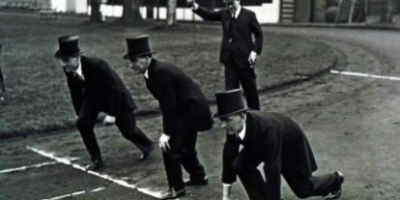In the world of athletics, some events are household names—100-meter sprints, high jumps, marathons. But among the most powerful and technical events lies a sport that’s often overlooked: the hammer throw. Rooted in tradition, demanding in technique, and thrilling when mastered, this event combines strength, speed, balance, and control like few others.
While hammer throw rarely gets the same mainstream spotlight as other track and field events, its competitive nature and unpredictability make it fascinating not only to watch but also to bet on—if you know what you’re doing.
What Exactly Is the Hammer Throw?
Despite its name, the hammer throw doesn’t involve an actual hammer. Instead, athletes throw a heavy metal ball attached to a grip by a long wire. The men’s hammer weighs 7.26 kg (16 pounds) and the women’s 4 kg (8.8 pounds). The thrower swings the hammer around their head, then performs three to four rotations before launching it into the field.
The goal is simple: achieve the greatest distance without fouling. That sounds easy—until you try to balance explosive strength with intricate footwork in a narrow circle.
Quick Facts About Hammer Throw
| Aspect | Details |
|---|---|
| Olympic Event Since | 1900 (men), 2000 (women) |
| Throwing Area | 2.135m diameter circle |
| Weight (Men) | 7.26 kg |
| Weight (Women) | 4 kg |
| World Record (Men) | 86.74 m (Yuriy Sedykh, 1986) |
| World Record (Women) | 82.98 m (Anita Włodarczyk, 2016) |
Why This Sport Deserves More Attention
Hammer throw combines multiple athletic disciplines into one event: balance, timing, raw power, and body coordination. Athletes spend years refining their technique. One wrong foot placement, one millisecond of hesitation—and the throw is off.
While often part of large competitions like the Olympics or World Championships, hammer throw sometimes gets buried under more media-friendly events. But make no mistake: when it comes to drama, upsets, and show-stopping performances, this event delivers.

Can You Bet on Hammer Throw?
Yes—but with caution. Hammer throw betting is far more niche than football or tennis, and typically only available during major athletics events, such as:
- The Summer Olympics
- World Athletics Championships
- European Athletics Championships
- National-level competitions in countries like the USA, Poland, or Hungary
Because it’s a specialized market, bookmakers offer limited but valuable opportunities, especially for bettors who understand the sport.
What Makes Betting on Hammer Throw Unique?
Pros:
- Smaller betting markets mean more value. Sharp bettors can exploit bookmaker errors or slow odds adjustments.
- Fewer competitors. Unlike horse racing or football, you’re often choosing among 10–15 elite athletes, not dozens.
- Statistical depth. Performances are based on measurable metrics—distance, technique breakdowns, seasonal bests.
Cons:
- Less availability. Not all sportsbooks offer hammer throw betting.
- Unpredictability. Even elite athletes foul out or underperform due to nerves or poor weather.
- Limited media coverage. Makes pre-event research more time-consuming.
What to Consider Before Placing a Bet
If you decide to dip your toe into hammer throw betting, here are three things to keep in mind:
- Track Seasonal Form
Look at each athlete’s performance in recent meets. Unlike some sports, momentum matters a lot in hammer throw. - Check for Weather Conditions
Rain or wind can drastically impact results, particularly for those with more aggressive spin techniques. - Understand Each Athlete’s Consistency
Some throwers may hit huge distances but lack consistency. In a high-pressure final, steadier throwers often outperform raw talent.
Is It Worth Betting on Hammer Throw?
If you’re looking for a break from the usual football or basketball bets and enjoy deep analysis, hammer throw betting can be a hidden gem. It’s not for casual gamblers or those chasing quick wins—but for the knowledgeable fan, it offers value and a different kind of excitement.
It may not be the most televised sport, but when you see an athlete spin with grace and launch a 7-kilo projectile 80 meters into the air—you realize this is more than just brute force. It’s poetry in motion.



